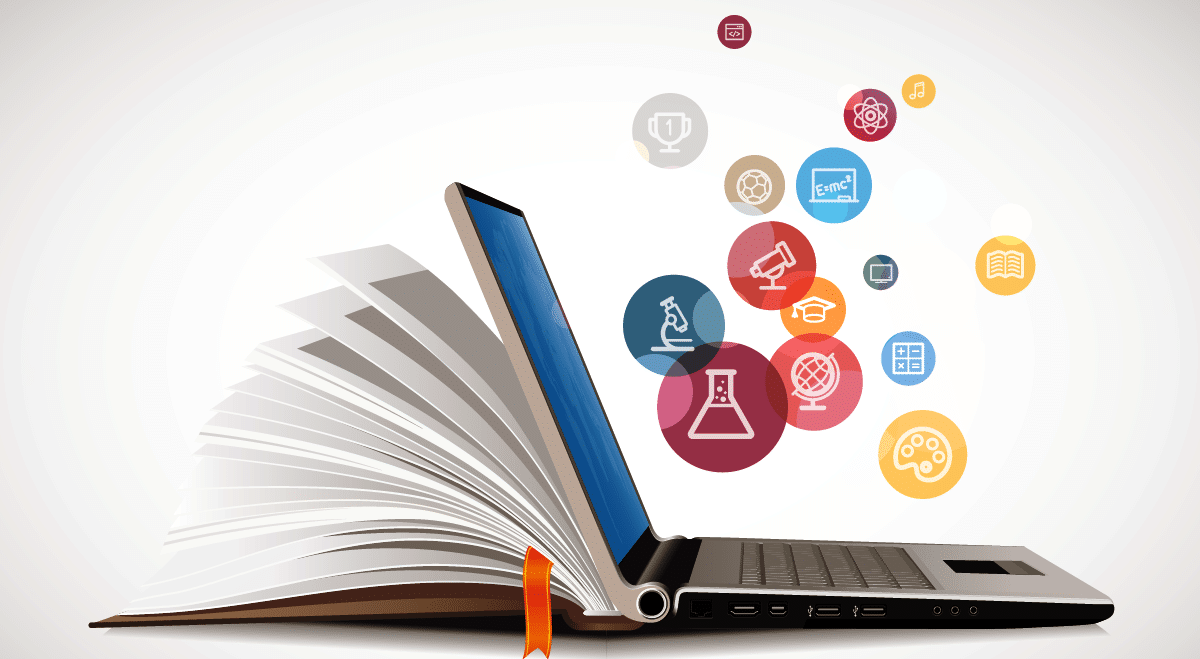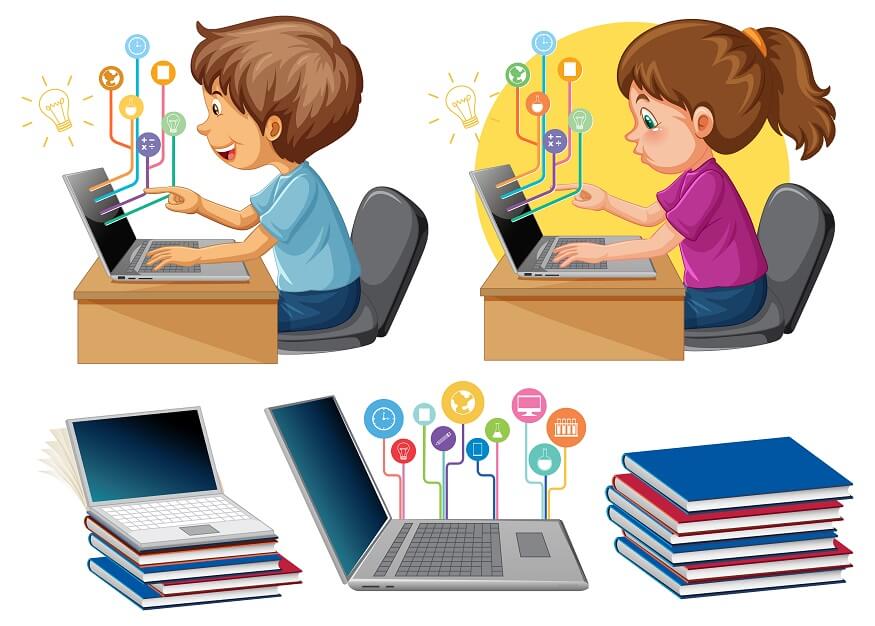Comprehensive Business Guides for Advancing Innovation Education And Learning in Schools and Colleges
The integration of innovation education and learning right into school and college educational program has ended up being an essential important in preparing trainees for a significantly electronic workforce. Extensive company overviews play a crucial duty in this change by describing the needed structures for efficient program execution, cultivating crucial market collaborations, and gauging instructional results. As universities make every effort to straighten themselves with market needs, the chances and difficulties provided by these guides merit a closer examination. Grants. What particular techniques can be adopted to maximize their influence on both pupils and teachers?
Value of Innovation Education
As modern technology continues to evolve at an unprecedented rate, the significance of technology education and learning has come to be progressively apparent in today's culture. The combination of technology right into various elements of life requires that individuals have a foundational understanding of technical ideas and applications. This knowledge not just enhances employability however also cultivates essential reasoning and problem-solving abilities essential for browsing a dynamic labor force.
In universities, technology education equips pupils with the ability to adapt to quick changes in markets driven by innovation. It motivates creative thinking and empowers learners to involve with arising technologies, from man-made knowledge to information analytics. Furthermore, modern technology education and learning advertises electronic proficiency, which is essential in an age where information is readily available yet usually misleading.

Secret Elements of Effective Guides
Effective guides for technology education and learning have to encompass a number of vital components to guarantee that students obtain the most from their experiences. Initially, a distinct curriculum is essential, detailing the objectives, finding out outcomes, and the abilities to be created. This curriculum ought to be routinely upgraded to show the swiftly advancing technical landscape, guaranteeing significance and applicability.
2nd, detailed sources that consist of books, on the internet products, and hands-on tools are crucial. These sources must be varied and accessible, satisfying various learning preferences and designs. In addition, integrating real-world circumstances and instance researches can boost understanding and involvement.
Third, analysis approaches should be consisted of to examine learner progress successfully. These analyses should be varied, including developmental and cumulative evaluations that line up with the understanding purposes.
Additionally, expert advancement possibilities for teachers are important. Training workshops and programs can outfit educators with the most recent instructional methods and technical advancements.
Finally, fostering a joint knowing setting motivates peer communication and knowledge sharing. By including these crucial elements, guides for innovation education and learning can dramatically enhance the knowing experience, preparing students for future obstacles in an increasingly electronic globe.
Structure Industry Collaborations
Building strong industry collaborations is a crucial facet of improving technology education and learning. These cooperations between academic institutions and organizations create a vibrant community that profits educators, employers, and students alike. By promoting connections with market colleges, institutions and leaders can align their educational programs with the advancing demands of the work market, ensuring that students get pertinent abilities and understanding.
The advancement of internships, apprenticeships, and mentorship programs works as a keystone of these collaborations. Such chances supply trainees with hands-on experience, enhancing their employability and practical understanding of technology applications. In addition, sector partners can provide insights into arising patterns and technical developments, enabling teachers to adapt their training techniques appropriately.
Furthermore, partnerships can promote access to resources, such as tools, software application, and funding for study jobs. These contributions improve the discovering environment and make it possible for establishments to stay at the forefront of technical technology. Inevitably, constructing robust sector collaborations is crucial for growing a skilled labor force that fulfills the requirements these days's quickly altering technological landscape, while also driving economic development and competitiveness in the wider area.
Implementing Innovation Programs
Implementing modern technology programs within schools requires a tactical method that prioritizes both curriculum advancement and resource allowance. To launch successful innovation combination, organizations need to first examine their existing facilities and recognize gaps in sources, including hardware, software application, and personnel training. This evaluation makes it possible for schools and colleges to develop a customized plan that aligns with their certain instructional objectives.
Next, it is vital to create a comprehensive curriculum that integrates arising technologies and industry requirements. Working together with instructors, industry specialists, and stakeholders can make sure that the educational program stays reliable and official site relevant in preparing pupils for the labor force (Education). Additionally, professional development for faculty is essential, as it gears up teachers with the skills necessary to efficiently instruct new innovations
Moreover, establishments need to stress the value of hands-on learning experiences, such as workshops and laboratories, that permit trainees to apply theoretical expertise in sensible setups. This experiential method enhances engagement and cultivates important useful source reasoning. Safeguarding sustainable funding with gives and partnerships can assist preserve and expand innovation programs, guaranteeing long-term success and adaptability in an ever-evolving technical landscape.
Determining Success and Results
Examining the success and outcomes of modern technology education programs is essential for verifying their impact and leading future improvements. Reliable measurement structures must encompass both qualitative and quantitative metrics, giving a detailed sight of program effectiveness. Trick performance signs (KPIs) such as pupil enrollment numbers, retention rates, and course conclusion portions offer useful quantitative data.

Incorporating standard assessments can further assess pupils' technical competencies and preparedness for the workforce. Benchmarking against comparable establishments enables contextually appropriate comparisons, highlighting locations for development.
Ultimately, the continuous analysis of modern technology education and learning programs fosters a society of renovation, guaranteeing that they develop abreast with market demands and academic requirements. By systematically determining success, organizations can not only show responsibility to stakeholders however likewise enhance their offerings, thus improving the discovering experience and preparing students for the ever-changing technological landscape.
Verdict

The combination of modern technology education right into school and college educational program has ended up being a vital important in preparing students for a significantly digital workforce.As innovation continues to progress at an extraordinary rate, the importance of modern technology education has actually come to be progressively apparent in today's culture.In educational establishments, innovation education outfits students with the capability to adjust to rapid adjustments in markets driven by development. By prioritizing modern technology education and learning, institutions can cultivate a generation of informed residents capable of leveraging modern technology for societal and individual improvement. The implementation of robust evaluation strategies enables organizations to measure success and results, ultimately boosting the total efficiency of technology education initiatives and preparing trainees for future obstacles.